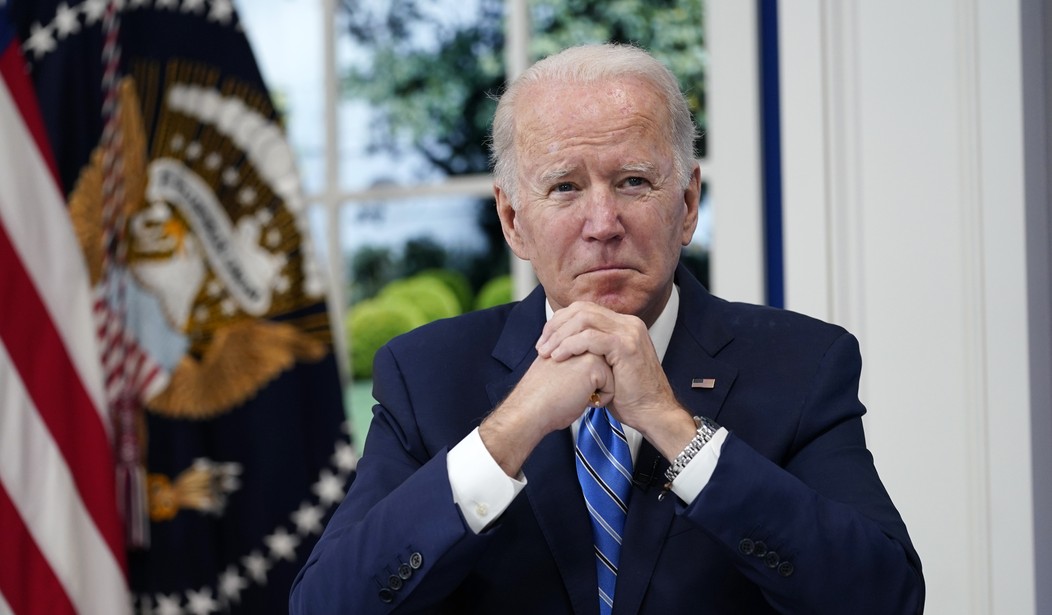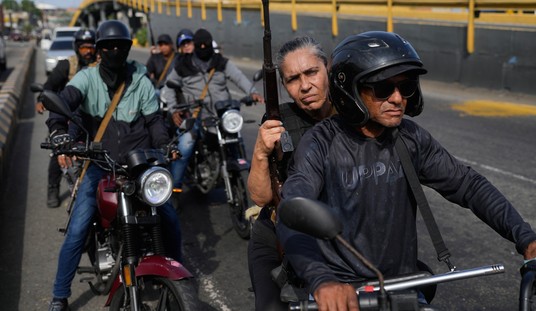Fresh from supporting Democrat President Joe Biden’s January 21, 2022 remarks on “Increasing the Supply of Semiconductors and Rebuilding Our Supply Chains”, U.S Commerce Secretary Gina Raimondo did a virtual interview released on January 31, 2022, with Politico’s Women Rule in which she discussed the administration’s strategy for a cut-down version of last year’s failed H.R. 5376 Build Back Better (BBB) bill and her role in supporting Biden’s push to get S. 1260 – United States Innovation and Competition Act (USICA) bill into law.
Mainstream media has been reporting how the Democrats have been signaling their desire to lower expectations in 2022 as in this other Politico report, “Democrats slim down ambitions after back-to-back failures”, acknowledging the fact that the party suffered many defeats including the cratering of the 2021 Build Back Better bill because Democrat senators Joe Manchin (D-W.Va) and Krysten Simena (D-Az) refused to endorse it. It was followed by another stinging defeat on filibusters, prompting the Democratic leadership to take stock of avoiding the possibility of additional high-profile law-making disasters during the 2022 midterm election year.
In the interview, Raimondo echoed her party’s consensus that they want to push a cut-down version of last year’s BBB proposal, which was laden with so many progressive agenda items that more moderate Democrats took issue with it.
This year, they want to start with four elements they hope will be enough to, as Raimondo put it, make Manchin “gettable.” These are:
- The public Pre-K childcare provisions that create a new right to government-provided daycare.
- The so-called “CARE Economy” provisions that encourage the creation of a more comprehensive dependent care industry. This includes children and the elderly.
- Affordable prescription drugs, an agenda that has transcended both sides of the aisle in past presidencies.
- And the Climate Change provisions of last year’s BBB proposal. This section of the bill, for those readers that are into reading 2,500+ page documents, is where the bulk of discretionary spending to fund government agencies, as well as create commitments for states to raise additional revenues to qualify for federal assistance, are packed like sardines.
If I read that statement right, everything else is eligible to be thrown under the bus. Or as Secretary Raimondo put it more gracefully, are areas where President Biden is willing to compromise in order to get some sort of win this year.
Tactically, this cut-back agenda may or may not sit well with the Progressive faction of the political spectrum with people like Senator Bernie Sanders (I-Vt) continuing to advocate for bringing the full Christmas tree bill to a vote even if it’s doomed to fail.
If I also read the first two items right, the Democratic social engineering agenda is to continue pursuing the breakdown of the nuclear family model with discrete provider and caregiver roles in favor of a total workforce model where dependents are wards of the state.
But the emerging message is interesting. This tells me that the Democratic Party’s midterm political calculus is clear. The Democrats have decided that appearing to be moderate is the best way to survive the 2022 storm. The DC establishment wing of the party must be protected, even if it means disappointing the Progressive left. Will this strategy turn more activist D’s into disaffected I’s over the summer? I’m most curious to observe the cluster in the coming months.
Lower Hanging Fruit
In the meantime, the administration will be going after what it believes to be lower-hanging fruit agendas where the administration sees the possibility of enough bipartisan support to claim legislative victories.
Hence, Raimondo and Biden advocating for USICA. For RedState readers who haven’t made the 2,700+ page bill part of their light reading list yet, the bill has already passed the Senate and is awaiting passage in the House, where the Democrats have a clear majority.
The USICA Bill is sponsored by Senator Chuck Schumer (D-NY) and is, for all intents and purposes, the Democratic version of former President Donald Trump’s “Make America Great Again” re-shoring of production and infrastructure agenda. In a way, it’s reassuring to know that some aspects of the US national interest are a constant, even if politicians keep changing the makeup on the pig and convolute how it will be implemented, often in macabre ways.
The bill talks about US industrial competitiveness and resilience. The need for our infrastructure to be able to strategically “buy American.”
Where it differs from the Trump agenda is China. Specifically, Division A of the bill which talks about the strategic need to create a domestic source for microchips doesn’t target the People’s Republic of China, it targets the Taiwanese Republic of China; specifically, a company named the Taiwanese Semiconductor Manufacturing Company (TMSC), as noted in the Wall Street Journal article, “The World Relies on One Chip Maker in Taiwan, Leaving Everyone Vulnerable”.
This is a twist in US policy that is sure to broil the nerves of many Americans; particularly so given that almost all the other manufacturing of materials and supply chains for items found in US households comes from the other China. Now that it’s a front-burner agenda item of the administration, RedState readers may want to begin to dive a bit more into what’s inside the wrapping paper about this one.
Russia, Russia, Russia
The other thing noted in the media where the Biden administration thinks they might get a 2022 bipartisan win is in passing economic sanctions against Russia. This explains part of why the Biden team has basically taken over militarizing the European landscape creating the perception of heightened tension with Russia’s Vladimir Putin over Ukraine, which I’ve covered in other installments on RedState.
As a military analyst, I admit that I continue to have questions about whether Russia is as much of a clear and present danger to Europe as the rhetoric suggests. While Russia presently has troops massed in Crimea and Belarus, their diplomatic statements tend more towards wanting to not be ignored about longstanding demands about being uneasy with the encroachment of NATO into the Tzarist sphere of influence. At the moment, I’m not sure a unilateral rush to sanctions because “Putin Bad” has proven to be much more than George Bush’s “Saddam has Weapons of Mass Destruction” call to assemble a Coalition of the Willing.
So, if Russia and the Europeans manage to find an independent breakthrough about the Ukraine question without the United States running the show, depending on a Congress unified about Russian sanctions as a midterm election feather in November might not work out so well. We could wind up with another Afghanistan-like “Yankee Go Home” moment if we overplay it. Congress should probably be asking tougher questions about this.













Join the conversation as a VIP Member